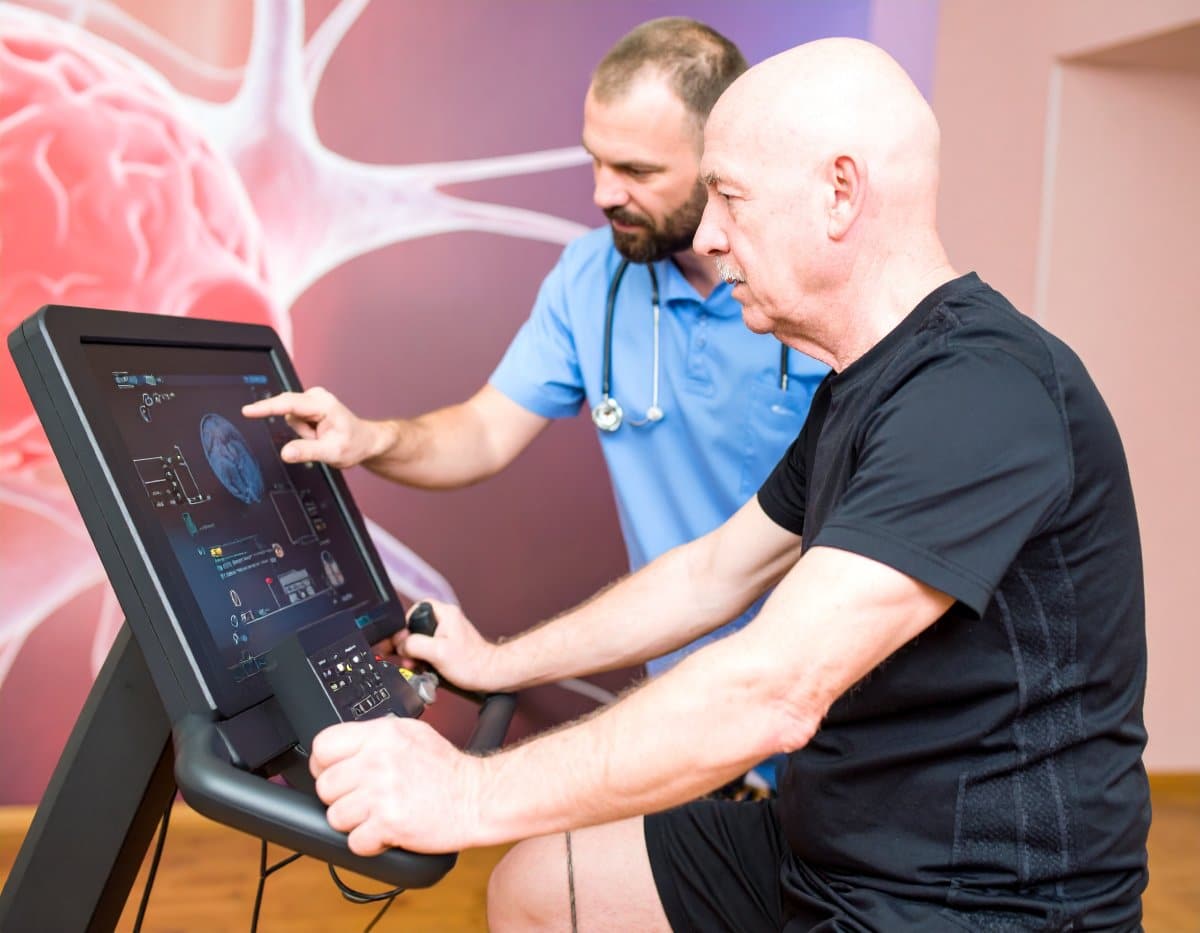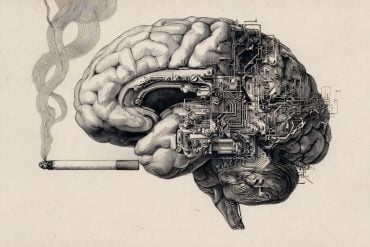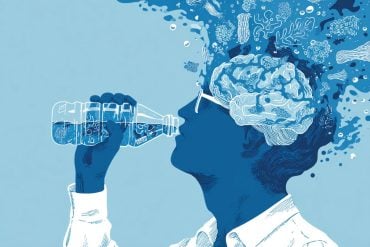Key Questions Answered
Q: How does exercise help Parkinson’s patients at the brain level?
A: Long-term cycling regimens appear to alter brain signals in regions affected by Parkinson’s, suggesting neural reactivation.
Q: What’s different about this study?
A: Researchers used implanted deep brain stimulation (DBS) devices to record real-time brain signals before and after exercise, linking motor improvement to potential network-level brain changes.
Q: Did participants see real improvement?
A: Yes—after 12 sessions of adaptive cycling, participants showed changes in motor-related brain signals and reported improvements in symptoms like walking and energy.
Summary: A new study reveals that long-term adaptive cycling can measurably reshape brain signals in people with Parkinson’s Disease, offering clues into how exercise relieves motor symptoms. Researchers used deep brain stimulation (DBS) implants to track neural activity before and after 12 sessions of dynamic cycling.
While no immediate changes were seen, significant alterations in motor-related brain signals appeared by the end of the program. The findings suggest that exercise may induce broader network-level changes in the brain, helping to restore connections disrupted by Parkinson’s.
Key Facts:
- Neural Rewiring: After 12 cycling sessions, brain signals in motor regions changed measurably.
- Adaptive Exercise: Smart bikes adjusted resistance in real time to maximize engagement and motor benefit.
- Network-Level Insight: Findings hint at brain-wide rewiring beyond the DBS implant zone.
Source: University Hospitals Cleveland Medical Center
It was the early 2000s when researchers first showed that exercise can help relieve the tremors that are common with Parkinson’s Disease. So far, researchers haven’t been able to explain how exercise helps. But they may be getting closer to an answer.
A novel study conducted at University Hospitals and the VA Northeast Ohio Healthcare System, through its Cleveland Functional Electrical Stimulation (FES) Center, provides clues, as it shows that long-term dynamic exercise programs might have wider restorative effects on the brain signals of Parkinson’s Disease (PD) patients than researchers previously thought.

Researchers used recordings from participants’ deep brain stimulation devices to try to assess how long-term exercise programs might be re-activating connections damaged by Parkinson’s Disease.
Unlike previous studies, this investigation sought to decode the brain changes linked to motor symptom relief; both with the help of second-generation DBS devices and a long-term dynamic cycling exercise regimen in Parkinson’s patients.
Details on the study are published in the June 2025 issue of Clinical Neurophysiology.
The pilot investigation, funded by a VA Merit Award from the Department of Veterans Affairs along with philanthropic funds to the Department of Neurology at University Hospitals (Penni and Stephen Weinberg Chair in Brain Health) was led by UH & VA neurologist Aasef Shaikh MD, PhD, who is also Vice Chair for Research at University Hospitals, Professor of Neurology, and Associate Medical Director of the Cleveland FES Center. Prajakta Joshi, lead author of the article, is a PhD candidate in biomedical engineering at the Shaikh Lab that is part of University Hospitals and Cleveland FES Center at the Louis Stokes Cleveland VA Medical Center.
“We’ve already established over years of study that dynamic cycling regimens are beneficial for treating Parkinson’s tremor,” said Dr. Shaikh. “The latest study adds the use of deep brain stimulation and an ongoing exercise program to visualize how long-term exercise might be rewiring neural connections in the brain.”
Another unique and critical part of the study, Dr. Shaikh added, was the collaboration between the two medical systems, which provided a larger pool of potential participants for recruiting purposes.
About the Study
Participants with Parkinson’s Disease – including military Veterans – were required to take part in 12 dynamic cycling sessions over a four-week period. All study participants had previously been implanted with deep brain stimulation devices to treat their motor symptoms; while simultaneously measuring the brain signals in the region where the electrodes are implanted.
Another critical aspect of the study was the adaptive cycling regimen investigators used. This technology empowers the bike to learn how patients perform while biking.
For example, viewing the connected game screen, riders are instructed to pedal up to 80 rpm, and to maintain that speed for about 30 minutes. Meanwhile, their pedaling intensity is shown by an on-screen balloon, and riders have to keep the balloon aloft over water but within specific parameters on screen.
However, the adaptive quality of the bike keeps riders guessing as to how much effort to apply. The bike’s motor assists them in attaining 80 rpm, but also adds and reduces resistance depending on the rider’s level of effort. Researchers believe this push and pull mechanism is particularly beneficial in treating Parkinson’s symptoms.
Kent State University PhD candidate Lara Shigo, a co-author of the study, acknowledges 80 RPMs is faster than a person would naturally choose to ride, but says the level doesn’t cause fatigue because the bike’s motor assists the rider in attaining that level.
Exciting Findings
Brain signal recordings were captured from participants’ implanted DBS electrodes to assess participants’ brain signals before and after each exercise session.
“Our goal was to understand the immediate and long-term effects of the exercise in that region of the brain where the electrodes are implanted, which is also the same area where Parkinson’s pathology is evident,” Dr. Shaikh said.
Researchers did not observe immediate brain signal changes, but after 12 sessions, they saw a measurable change in the brain signals responsible for motor control and movement.
Joshi and the team observed that while modern DBS systems offer a novel window into brain activity, they are limited to capturing signals only from the regions where the electrodes are implanted. As a result, other brain areas that may also contribute to the observed patterns could remain unmonitored.
The key insight, Joshi explains: “There may be a broader circuit involved. Numerous upstream and downstream pathways could be influenced by exercise, and it’s possible that we’re inducing a network-level change that drives the improvement in motor symptoms.”
Additional work could help provide answers, Joshi adds.
“The good news is that our next investigations could bring us closer to revolutionary and personalized treatments for PD.”
Patient Success
Amanda “Mandy” Ensman, 59, was diagnosed with PD 12 years ago and participated in the study.
“I knew I needed to start exercising. It really does make a difference,” she explained. “Biking helped me with a variety of symptoms I was struggling with, including my gait, walking and increased my energy levels.”
Mandy now regularly participates in physical therapy regularly at InMotion, where the study took place. The gym holds workout classes and programs that are geared specifically towards PD patients.
About this exercise, neurogenesis, and Parkinson’s disease research news
Author: Ansley Kelm
Source: University Hospitals Cleveland Medical Center
Contact: Ansley Kelm – University Hospitals Cleveland Medical Center
Image: The image is credited to Neuroscience News
Original Research: Open access.
“Electrophysiological correlates of dynamic cycling in Parkinson’s disease” by Aasef Shaikh et al. Clinical Neurophysiology
Abstract
Electrophysiological correlates of dynamic cycling in Parkinson’s disease
Objective
Physical exercise like dynamic cycling has shown promise in enhancing motor function in Parkinson’s disease (PD). We examined the underlying mechanisms of dynamic cycling in PD, emphasizing its impact on the activity of the subthalamic nucleus (STN), a pivotal region within the basal ganglia.
Methods
The investigation involved 100 dynamic cycling sessions conducted among nine PD individuals. Each participant underwent a maximum of 12 sessions over a four-week period. Local field potentials (LFPs) originating from the STN were recorded before and after cycling, utilizing DBS electrodes positioned within the nucleus.
We evaluated both immediate and sustained impacts of dynamic cycling on LFP. The periodic LFP activity was assessed by determining the dominant spectral frequency and the power associated with that frequency. Aperiodic LFP activity was analyzed by calculating the 1/f exponent of the power spectrum.
Results
Immediate and sustained effects of dynamic cycling on LFPs were evaluated. While immediate changes were insignificant, long-term effects showed an increasing trend in power and the 1/f exponent of the power spectrum, a measure of fluctuation in the signal, in the dorsolateral region of the STN. Ventral region of the STN did not show a significant response to the exercise intervention.
Conclusion
These results highlight the impact of dynamic cycling on STN neuronal activity in PD. Prolonged interventions, even without immediate changes, bring about significant modifications, emphasizing the role of extended exercise in PD management and neuroplasticity.
Significance
These results highlight the impact of dynamic cycling showing changing in the STN neurophysiology in PD.






